
Founder backed by VC, building AI-driven tech without a technical background. In the chaos of a startup pivot- learning, evolving, and embracing change.
2 subscribers
How to get URL link on X (Twitter) App



 Technique 1: Constraint-Based Prompting
Technique 1: Constraint-Based Prompting
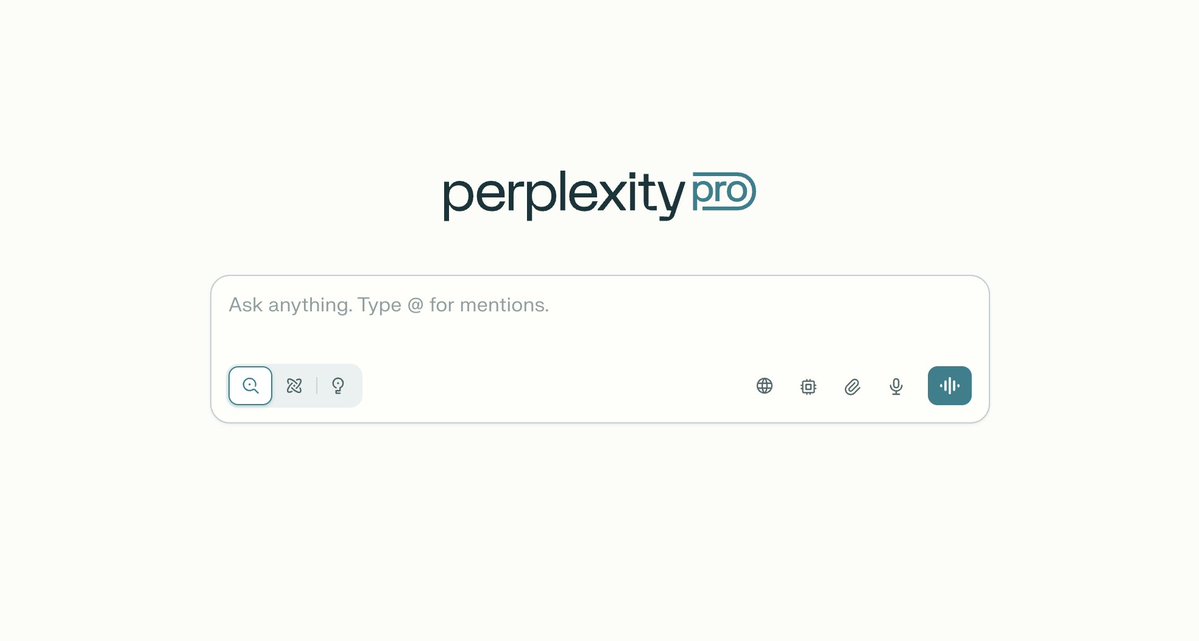
 1/ THE DEEP DIVE PROMPT
1/ THE DEEP DIVE PROMPT


 Here's the prompt:
Here's the prompt:
 1. The impossible cold DM that opens doors
1. The impossible cold DM that opens doors
 The pipeline is genius.
The pipeline is genius.
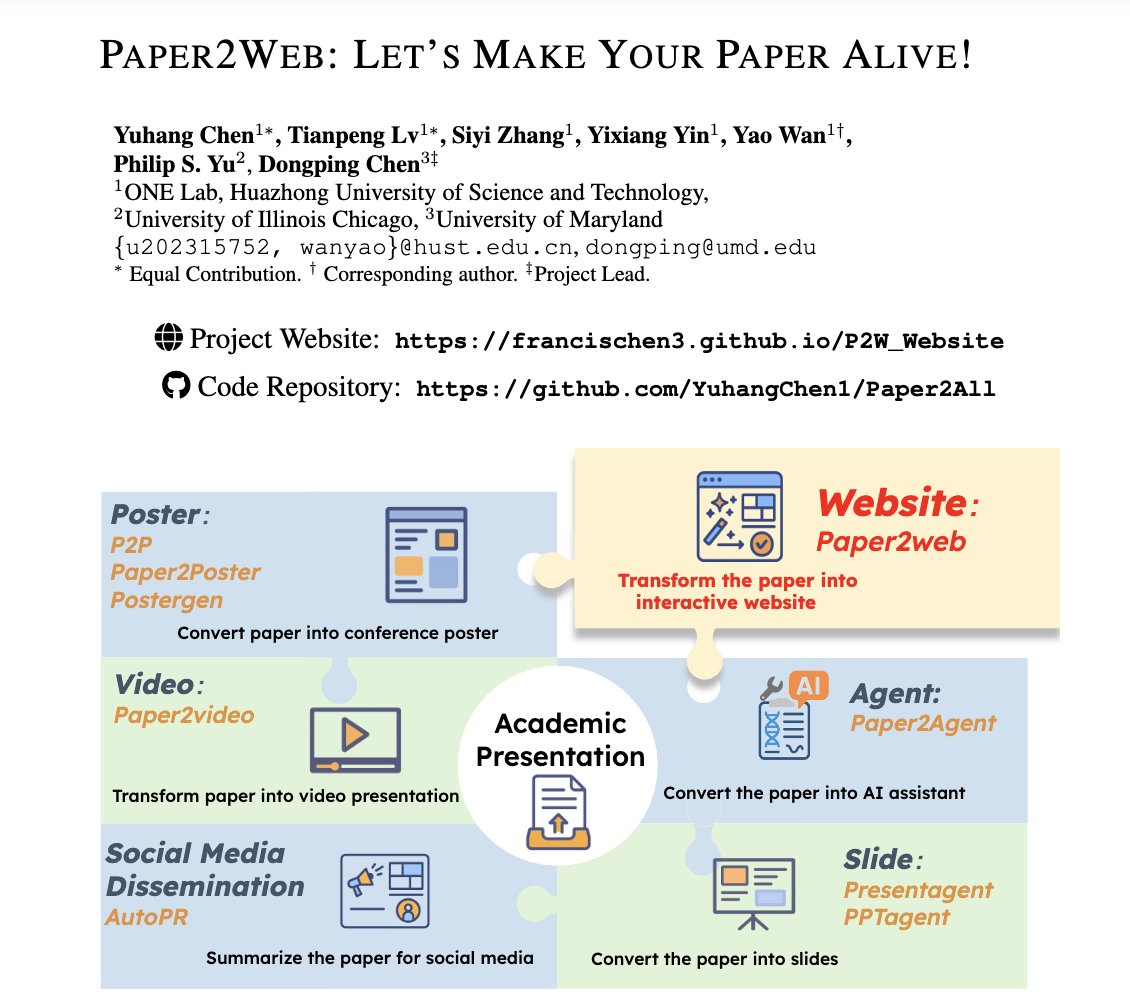
 Today, most “HTML paper” attempts fail because they just convert text not meaning.
Today, most “HTML paper” attempts fail because they just convert text not meaning.

 The problem with current AI agents is brutal.
The problem with current AI agents is brutal.
 The problem with current AI agents is brutal.
The problem with current AI agents is brutal.
 Here’s how ACE works 👇
Here’s how ACE works 👇
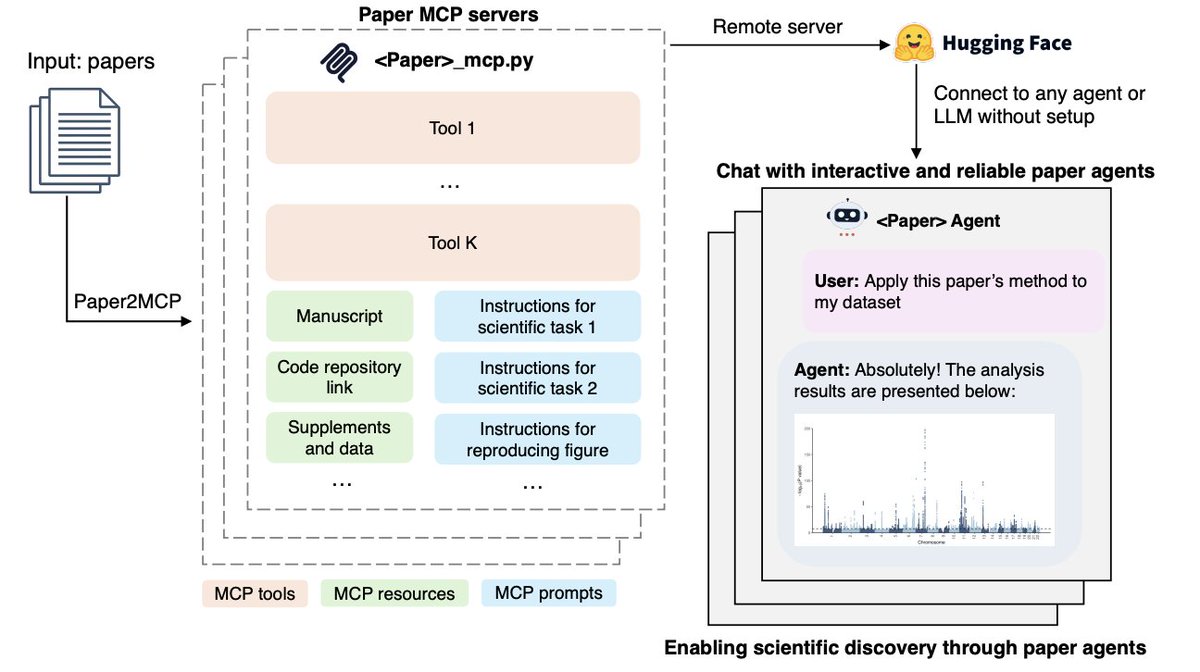
 The problem is obvious to anyone who’s ever read a “methods” paper:
The problem is obvious to anyone who’s ever read a “methods” paper:
 Today, most AI labs follow the same playbook: more data = better agents.
Today, most AI labs follow the same playbook: more data = better agents.
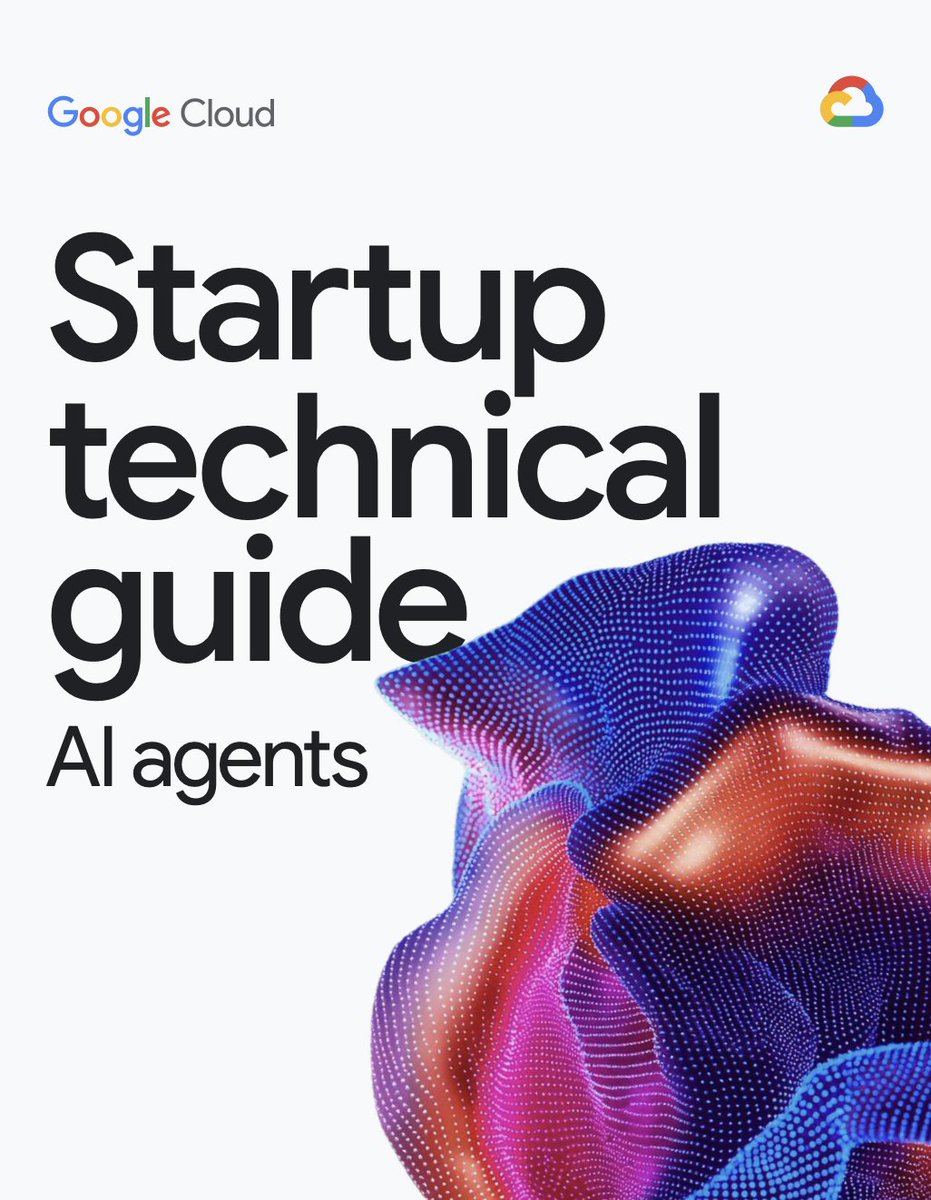
 The guide reveals Google's three-path strategy for agent development.
The guide reveals Google's three-path strategy for agent development.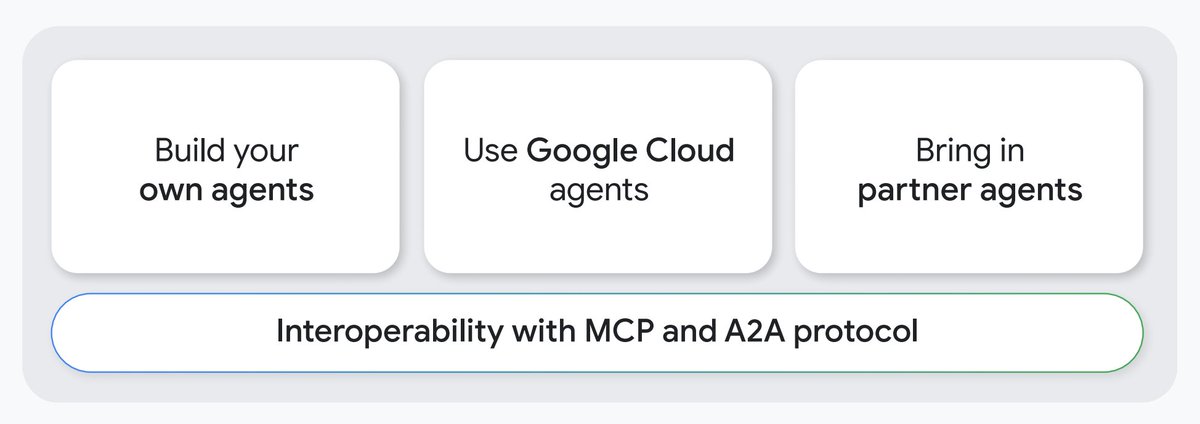

 "ChatGPT is mainly for work"
"ChatGPT is mainly for work"

 Accenture charges six figures to audit your operations.
Accenture charges six figures to audit your operations.
